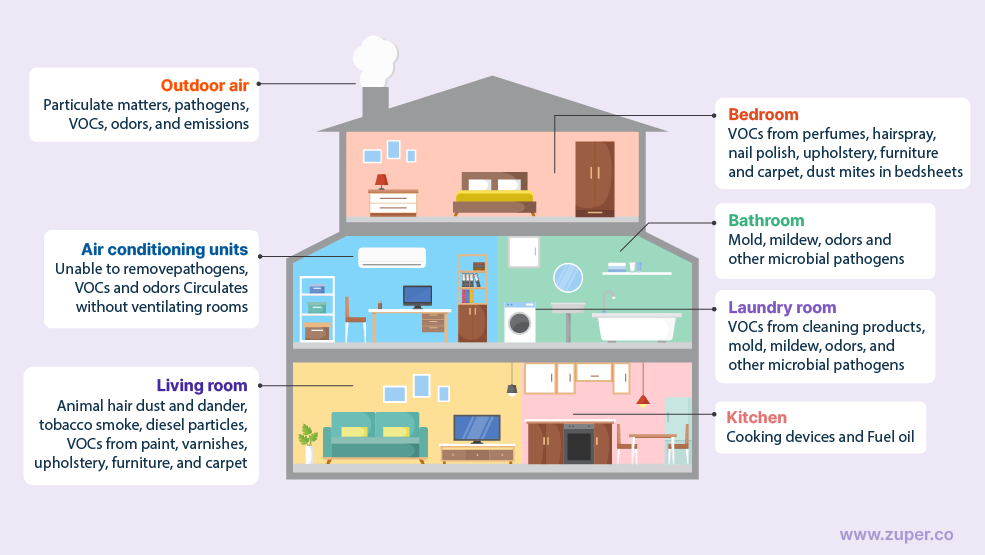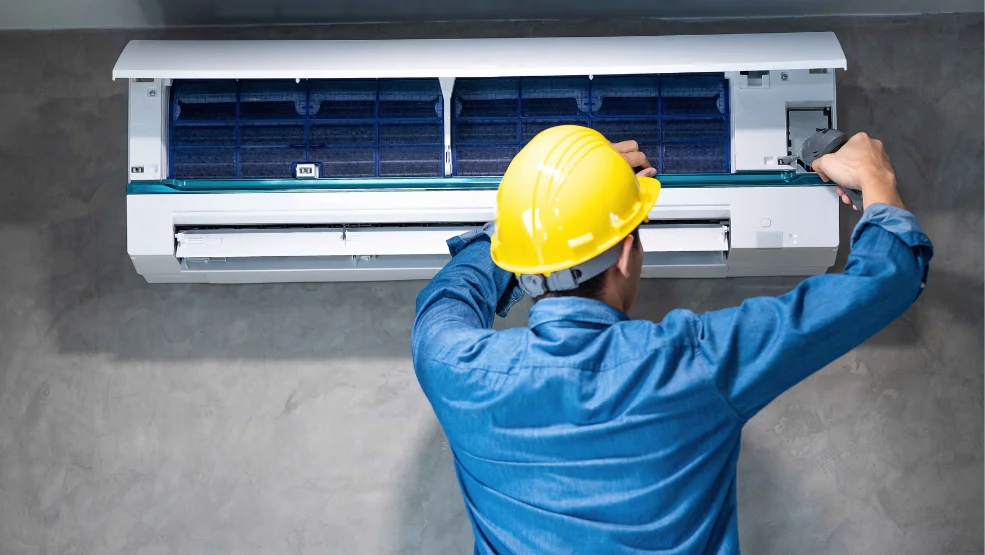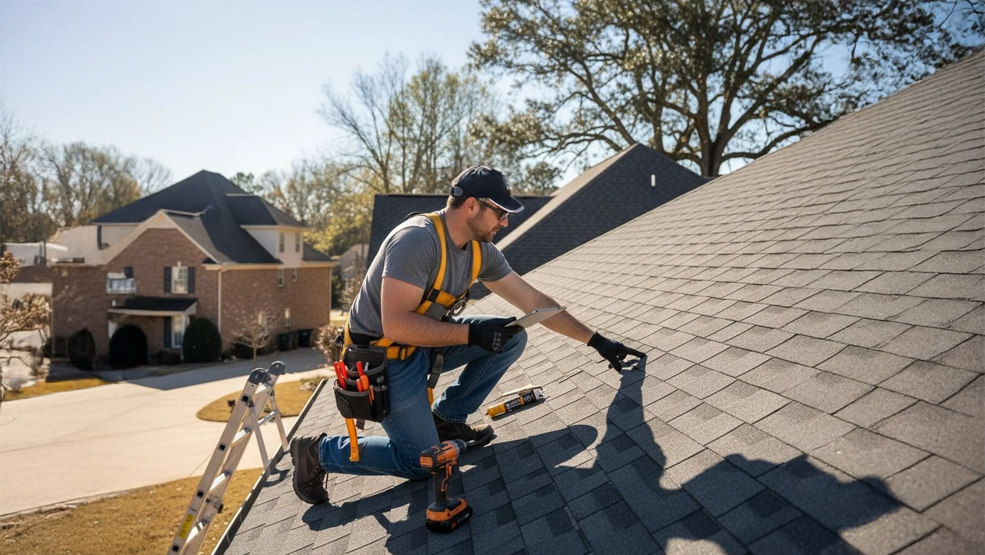Our home is the place where we spend most of our time. In fact, throughout our lives, we spend almost 90% of our time indoors. That’s huge! Have you ever thought about the indoor air quality of your house and the consequences it may have on your health and well-being?
The World Health Organization (WHO) says indoor air quality can be up to five times more polluted than outdoor air. Breathing air of poor quality can be hazardous and can lead to various health consequences, from asthma to lifelong respiratory disorders.
It is vital to ensure that we do not inhale harmful air. In this article, we’ll examine what is meant by “Indoor Air Quality” (IAQ) and discuss some key strategies that HVAC professionals can adopt to improve air quality. Read on to find out more.
What is Indoor Air Quality, and why does it matter?
Though we do not see the air we breathe, it has a certain influence on our health and well-being. Inhaling polluted air can contribute to a significant number of lung infections, making IAQ maintenance essential. Indoor air quality (IAQ) refers to the air quality within and around buildings and structures, specifically focusing on the impact it has on the health and comfort of its occupants. It matters because the air we breathe indoors significantly affects our health, well-being, and even productivity.
Control source of indoor air pollution

Indoor air quality is a tickling bomb putting our health at risk. If left undetected, it may have adverse consequences. Source control is the most effective solution for indoor air pollution. Here are some methods of source control that can be used to improve air quality indoors:
- Prohibit Smoking Indoors: Smoking is a major contributor to indoor air pollution. Refraining from smoking indoors can notably improve indoor air quality.
- Utilize Natural Cleaning Products: Many conventional cleaning products contain harsh chemicals that release toxic fumes. Opt for natural alternatives like vinegar, baking soda, and lemon juice to promote cleaner air.
- Pest Control: Pests like cockroaches can generate allergens and irritants, impacting indoor air quality. Use non-toxic methods, such as traps and baits, to control pests without resorting to indoor pesticides.
- Choose Low-Emitting Products: Building materials, furnishings, and household items can emit volatile organic compounds (VOCs), affecting air quality. Opt for products labeled as low-VOC or no-VOC to minimize emissions.
- Adopt Alternative Heating Methods: In colder months, consider using Far Infrared Heaters to reduce indoor pollution, replacing traditional heating sources like gas heaters or wood-burning stoves.
Key strategies for improving air quality
Regularly ventilate the place with fresh air
A well-designed ventilation system is essential to maintaining optimal indoor air quality. Inadequate ventilation is a major cause of indoor air pollution, as air pollutants accumulate without being removed or diluted, the quality of the air begins to decline. If enough fresh outside air doesn’t flow into a building, indoor air pollutants such as mold, dust, and chemicals from detergents, building materials, and furniture can accumulate to harmful levels.
As an HVAC contractor, ensuring that the building has adequate ventilation systems is part of your job. You can achieve this by evaluating the building’s specific needs, such as size, occupancy, and usage patterns. This will help you in determining the appropriate ventilation rates.
Moreover, educating building owners and occupants about proper ventilation methods, such as natural ventilation through open windows and the use of exhaust fans, contributes to a healthier indoor environment.
Air filtration and purification
An air purifier is a device designed to improve the quality of air by removing harmful pollutants from the air. They work by passing air through a filter or series of filters that trap particles such as dust, pollen, pet dander, and other allergens, such as smoke, odors, and chemicals.
HEPA filters can effectively capture various pollutants with a 99.97% efficiency rate for particles as small as 0.3 microns. Additionally, air purifiers equipped with UV lights can neutralize microorganisms like bacteria and viruses, enhancing indoor air quality. Regular maintenance and filter replacement are crucial to ensure continued effectiveness.
Controlling the Humidity
Maintaining optimal humidity levels is crucial for good indoor air quality. High humidity creates conditions that promote mold and mildew growth. These grown molds can later release spores, leading to respiratory issues like asthma and allergies. On the other hand, low humidity can cause discomfort and respiratory problems. Indoor air can become excessively dry during winter, with an active heating system causing dry skin and irritation in respiratory passages.
Installing humidifiers and dehumidifiers helps regulate humidity levels, creating a healthier indoor environment. Regular cleaning and disinfection of these devices are essential to prevent the growth of bacteria and mold.
Humidifiers
Humidifiers play a crucial role in adding moisture to the air when the air indoors becomes excessively dry—establishing a comfortable humidity range. These devices are versatile and can be easily integrated with various HVAC systems or deployed as standalone units in specific areas.
Dehumidifiers
Dehumidifiers, conversely, are used to extract excess moisture from the air in humid environments. Reducing humidity helps mitigate the risks of mold growth, dust mite infestations, and associated health problems. However, as manufacturers recommend, you’ll need to educate property owners about the importance of cleaning and disinfecting these devices to help prevent the growth of bacteria and mold. As a result, it ensures that the air being circulated remains clean and healthy.
Conclusion
Indoor air quality significantly impacts our health and well-being. Fortunately, several key strategies can help improve it. We can reduce harmful pollutants by implementing source control measures like prohibiting smoking and using natural cleaning products. Proper ventilation and air filtration with HEPA filters further enhance air quality. Finally, maintaining optimal humidity levels with humidifiers and dehumidifiers prevents mold growth and dryness. By adopting these strategies, HVAC professionals can create healthier and more comfortable indoor environments for all, ensuring everyone breathes cleaner air for optimal health.




